Most Popular Onigiri Fillings & Flavors: 7 Best Recipes
Onigiri is just such an easy snack to take with you and eat at a picnic or lunch, and the most fun part is that you’re not restricted to one flavor.
You can make it with just about anything you want if it tastes good with rice.
Here are a few recipes that’ll allow you to enjoy onigiri at home without much hassle!
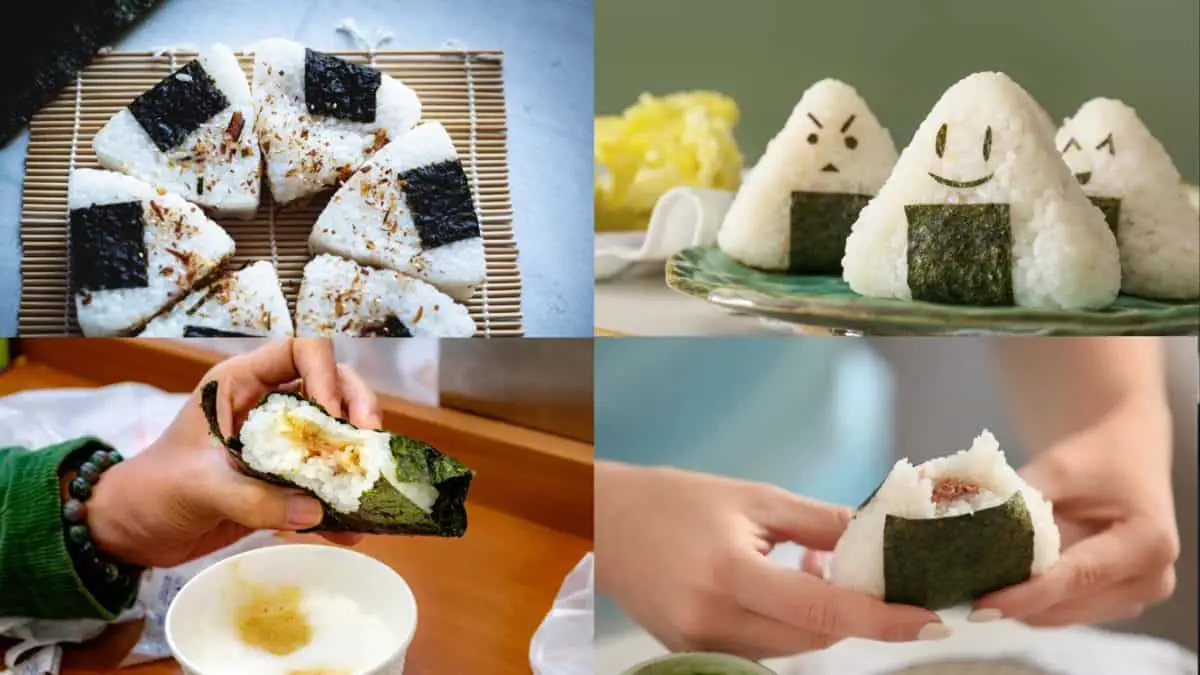

Check out our new cookbook
Bitemybun's family recipes with complete meal planner and recipe guide.
Try it out for free with Kindle Unlimited:
Read for freeIn this post we'll cover:
Best onigiri recipes
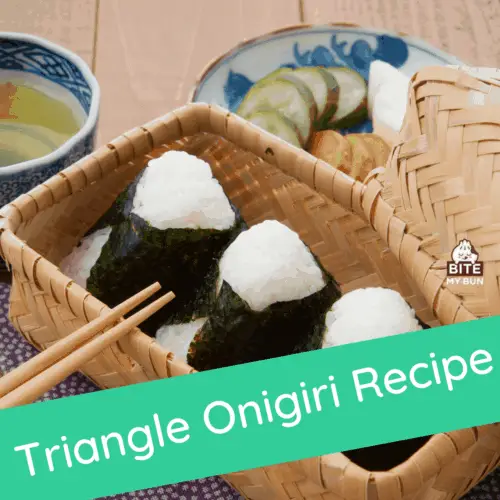
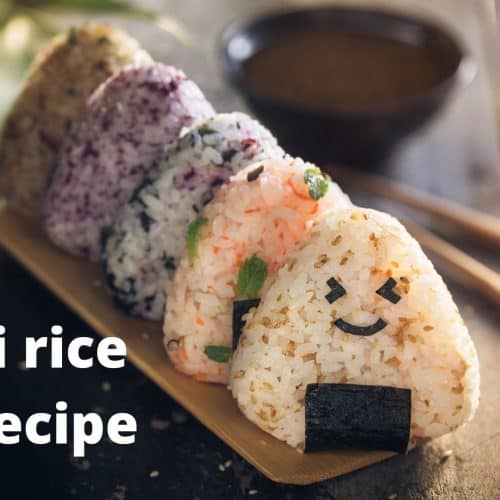
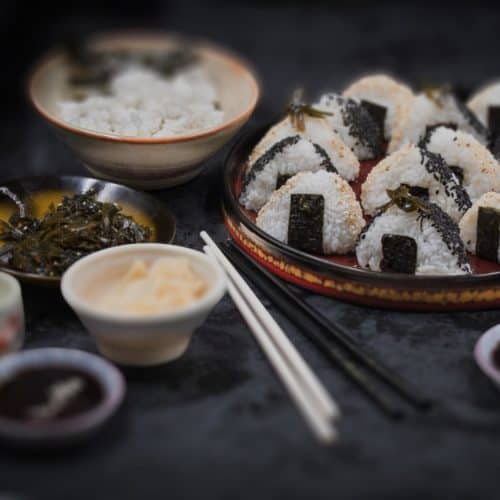
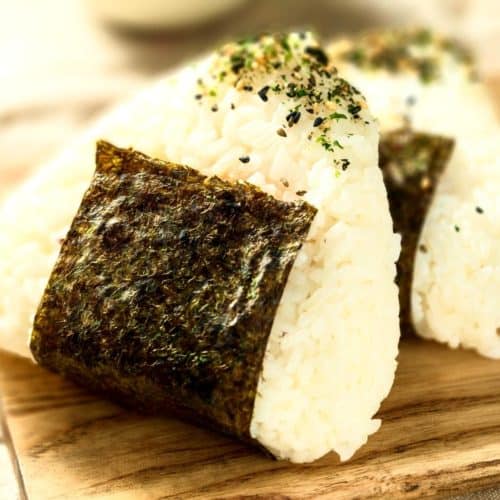
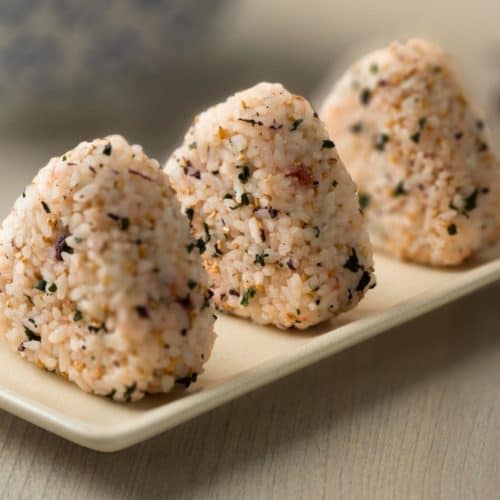
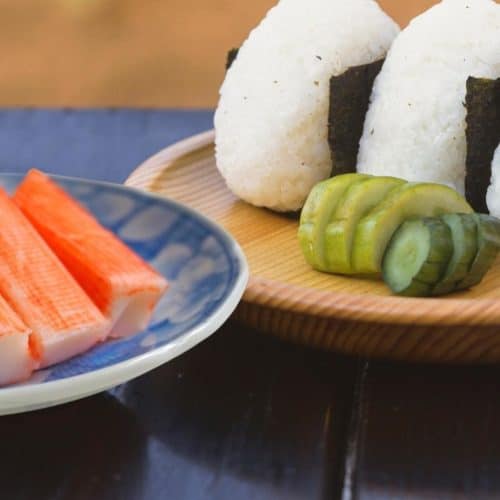
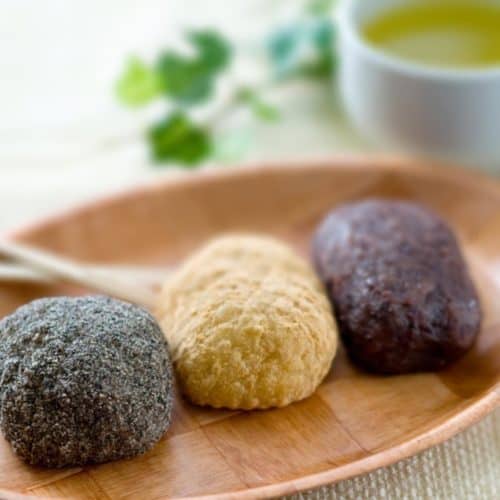
Smoked salmon triangle onigiri
When you prep your ingredients for onigiri, make sure you have the right type of rice on hand. You should only use white short-grain rice, sushi rice, or short-grain brown rice for onigiri.
Never use basmati or jasmine rice because the rice triangles won’t keep their shape. Sushi and short-grain rice are sticky, and that’s the texture you need for onigiri.
Always soak the rice before cooking it.
You add nori strips on the edge of the triangle because it keeps your fingers from sticking to the rice. Thus, the placement of the nori is strategic and makes it easier to hold the rice triangle.
It’s easier to make because of the smoked salmon. You can get that anywhere, but usually it’s made with salted salmon, which is a little harder to get.
Japanese Ume & Salmon Onigiri Recipe
You would think the umeboshi would taste sweet because of the plum, but it’s more salty and sour, although there are some sweeter varieties.
Seasoned Kombu Onigiri Recipe
Seasoned kombu is not like regular kombu at all! It’s crunchy and salty, not the chewy kind.
And this makes it the perfect pair for our onigiri rice balls.
Tuna Mayo Onigiri
Tuna mayo is a classic sushi combination, so it’s only natural to make it for your onigiri as well.
And the filling’s real easy too.
For the tuna mayo filling, put the drained canned tuna in a bowl, add 2 tbsp of Japanese mayonnaise and ½ tbsp of soy sauce, and then mix them together, that’s it!
Okaka Onigiri
Okaka is a simple mix of katsuobushi (bonito fish flakes) and soy sauce that’s often served on top of a simple bowl of steamed rice, that’s really all you need.
So it’s only natural it would find its way to one of the best Japanese snacks, onigiri.
Surimi onigiri
If you find fresh fish to be too expensive, there’s always surimi.
It’s a favorite for sushi, and it’s great for onigiri as well!
And the best part is that they’re really easy to make at home. All you need is some cooked rice, surimi ( imitation crab meat), and a few simple seasonings.
Ohagi Sweet Onigiri
If you’re tired of the same old rice snacks, ohagi might be the perfect thing.
It’s still a delicious snack, but this time it comes in a sweet coating, like azuki bean paste or crushed walnuts.
We’re going to make 4 delicious versions so it looks tasty and colorful when you serve them.
Favorite ingredients
Umeboshi is the perfect onigiri ingredient because it gives a little sourness and saltiness to every bite. Getting the right umeboshi can be tricky though as there are many varieties.
I like this Shirakiku umeboshi because it gives a little hint of sweetness as well that really makes your palate stop and process all the flavors for a while:
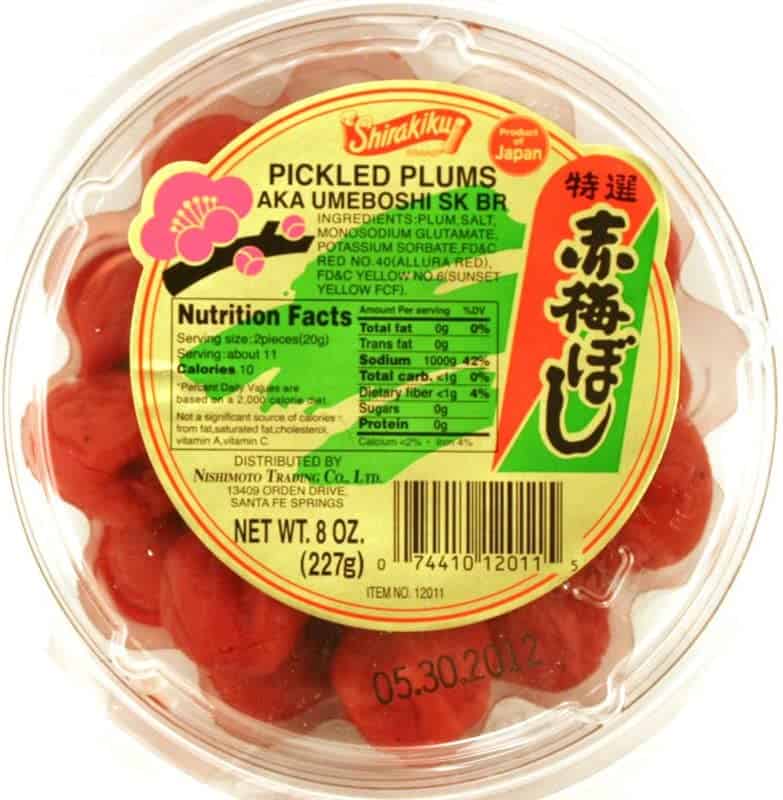
The best salted salmon to use is freshly made shiozake, but that can be pretty time-consuming. If you’d like to create a quick bite, these dried salted salmon flakes from Nissui are amazing as well:
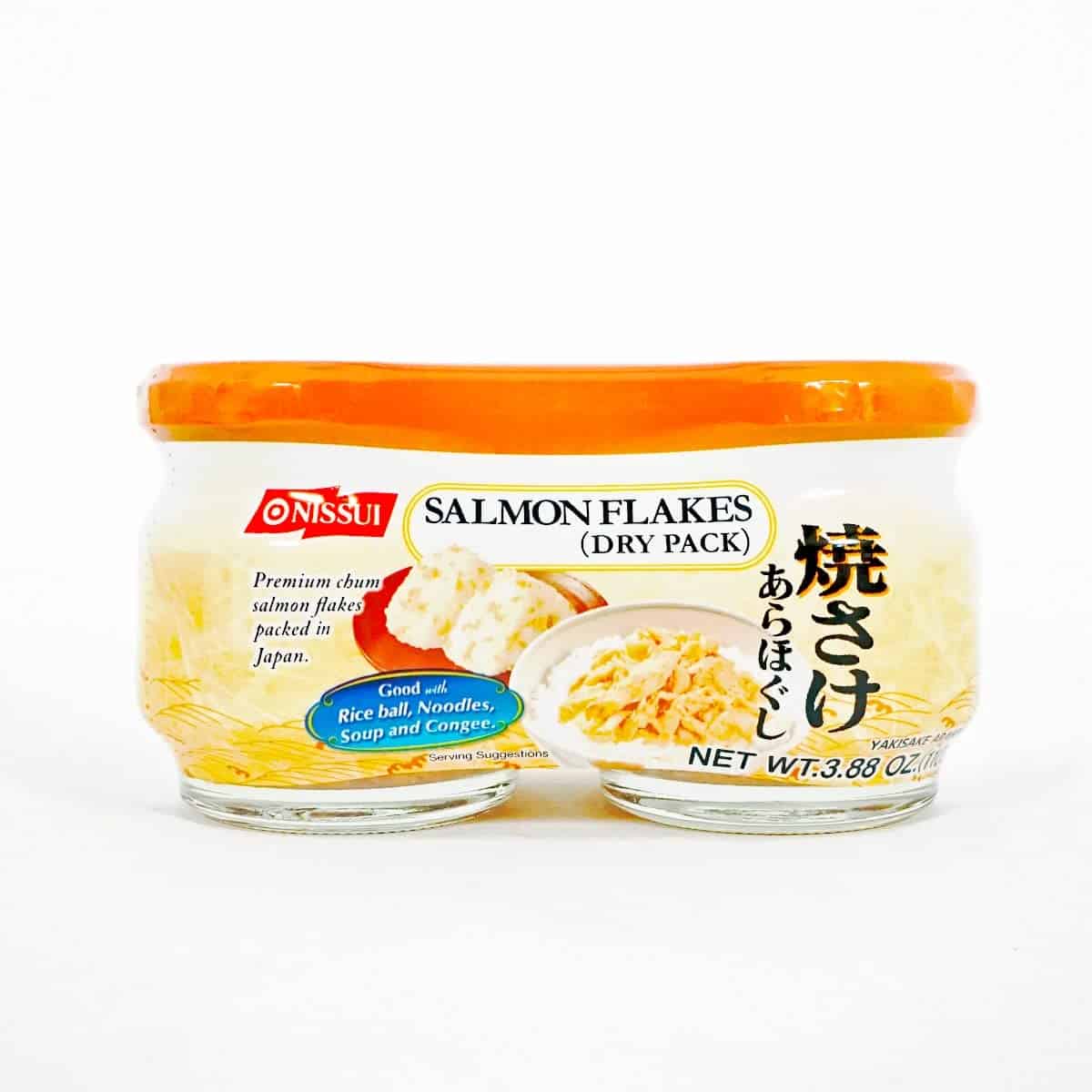
Onigiri is easiest to make if you have rice with the right stickiness that’s easy to mold into shapes. That’s why I use this Nozomi short grain rice to make them:
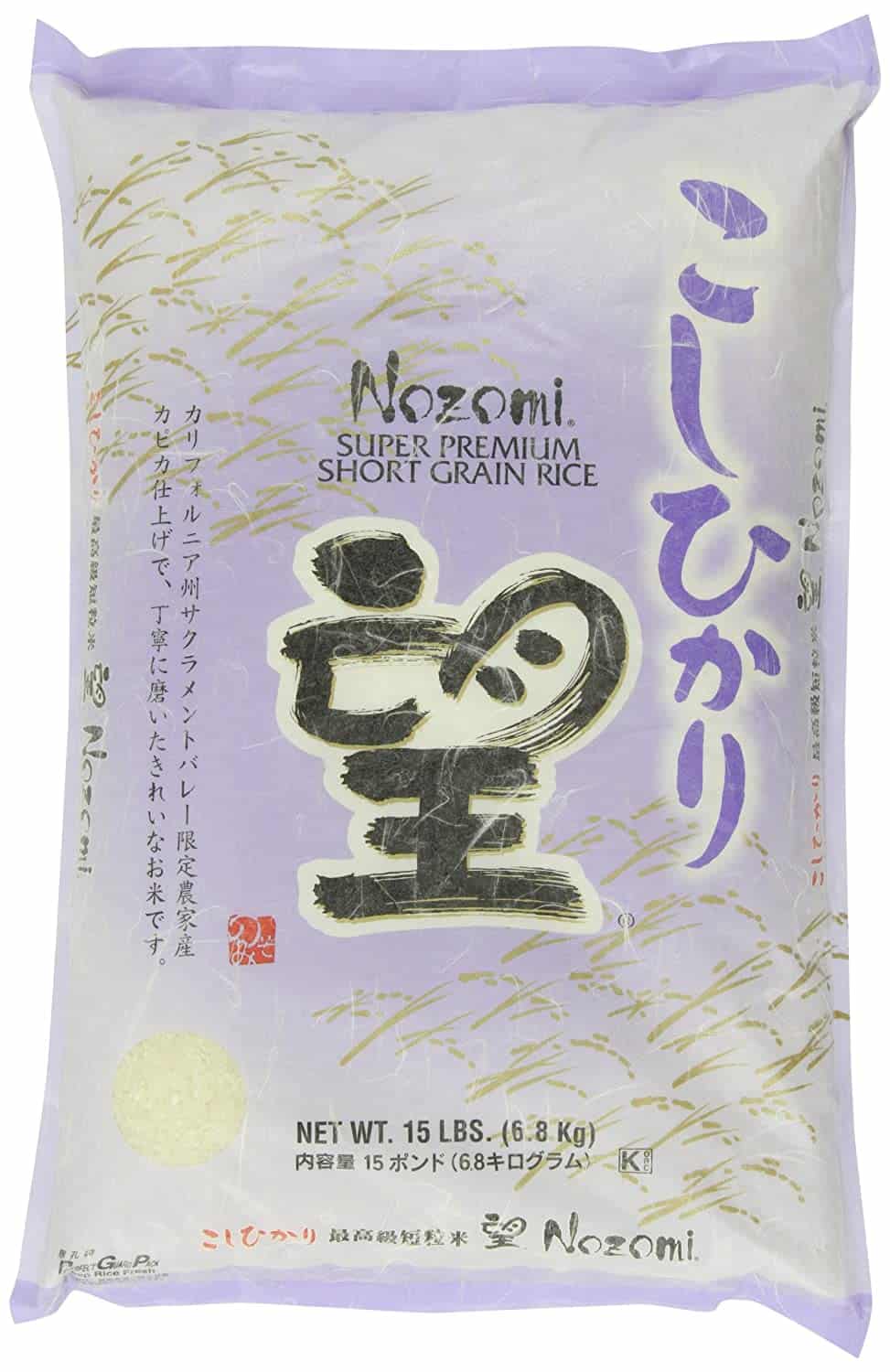
Seasoned kombu is salted to keep it fresh, but it’s also roasted (the best is kettle roasted) to make it crispy and edible on its own.
My favorite brand to use is this Konatu Shio Kombu, which has just the right amount of saltiness to pair with the rice perfectly:
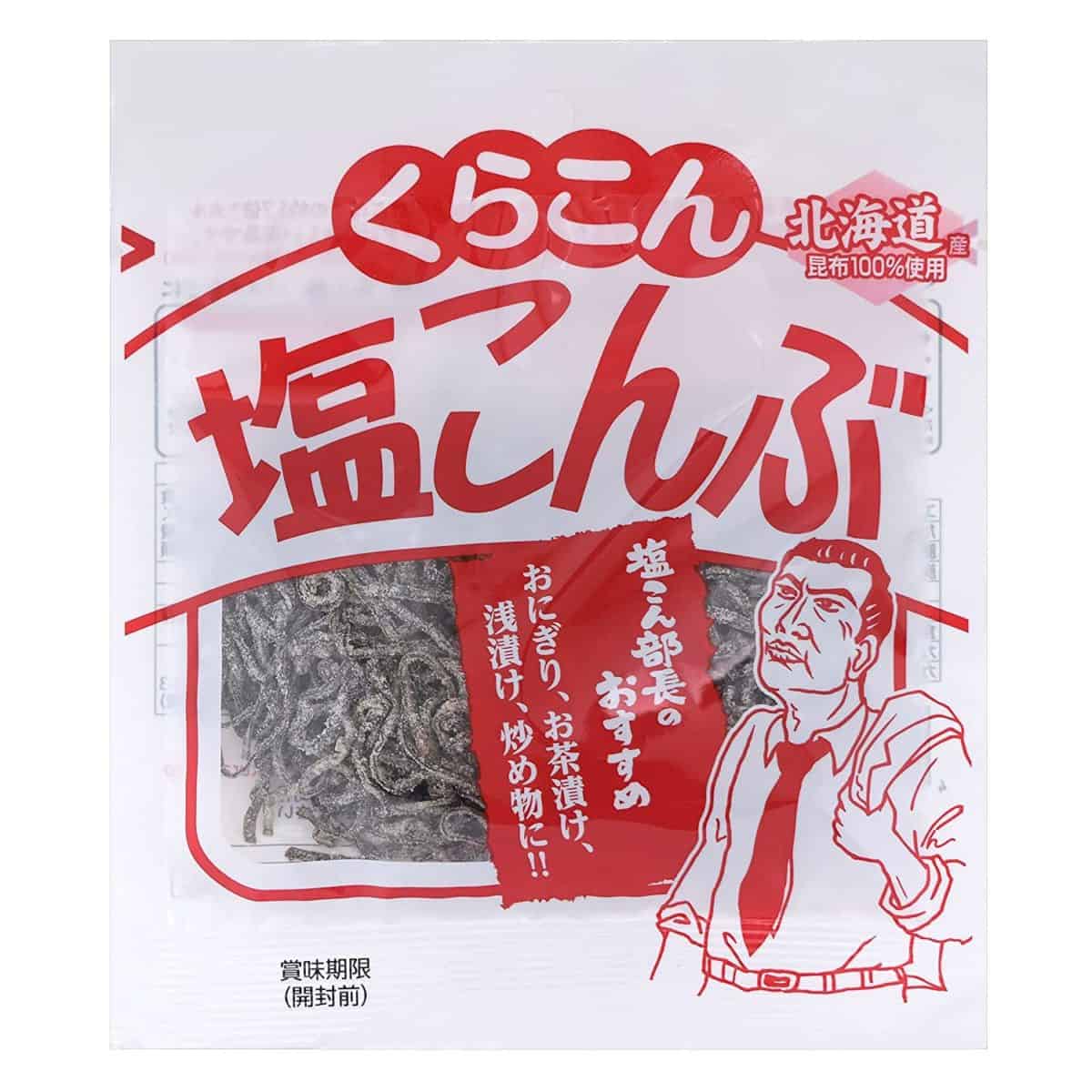
Kewpie mayo is the Japanese mayo of choice of course, so you have to have it to make the perfect tuna mayo onigiri recipe:
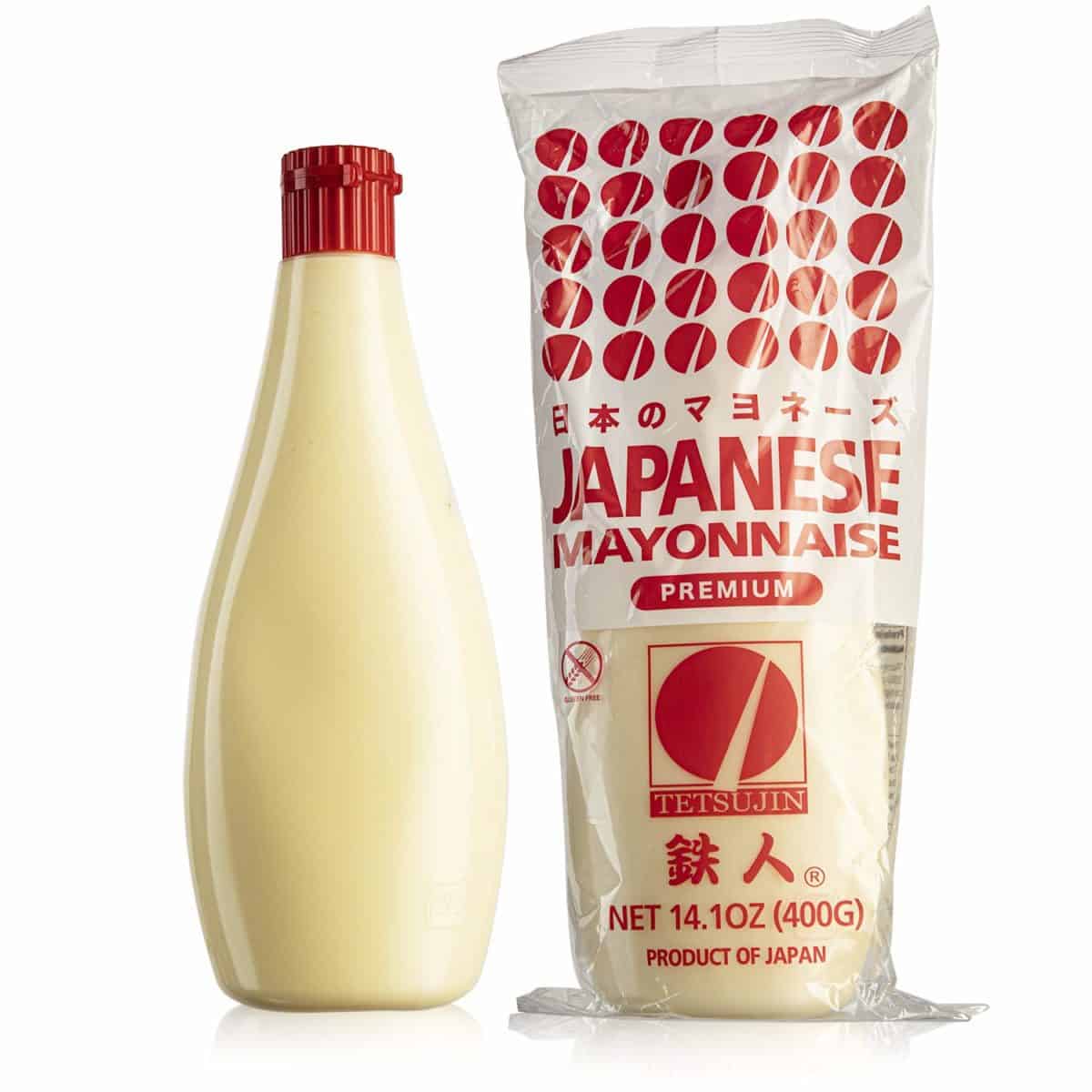
Okaka is not something you buy pre-packaged because of the soy sauce. The wetness would cause it to deteriorate too fast for it to be packaged.
But you can make it with just the two ingredients.
My favorite katsuobushi to use are these Kaneso bags:
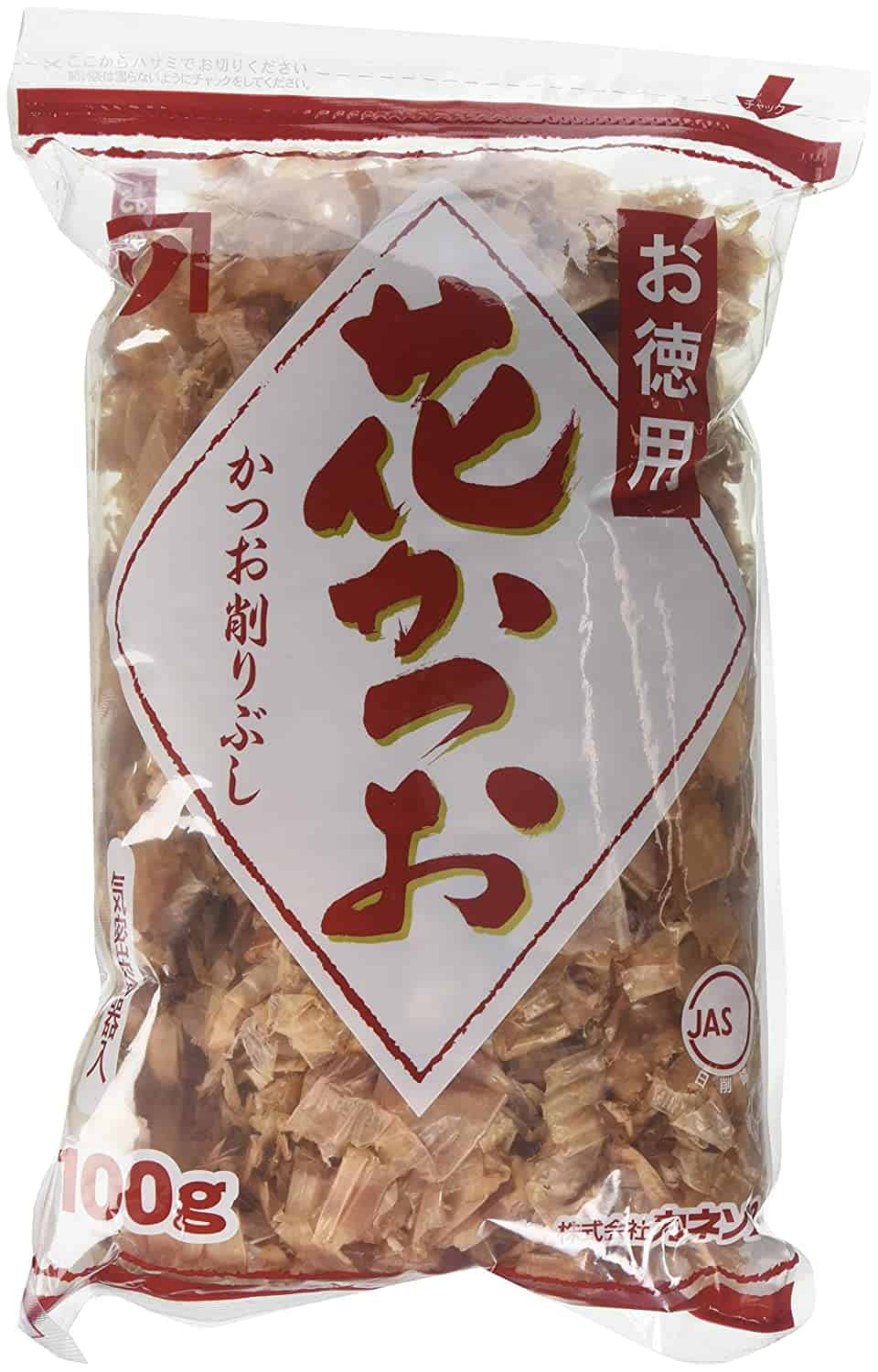
And just add the soy sauce brand of your choice.
You can also use furikake seasoning with okaka flavor I’ve seen from Negatanien. It has the same flavor profile and you can use it mixed in with the rice as well:
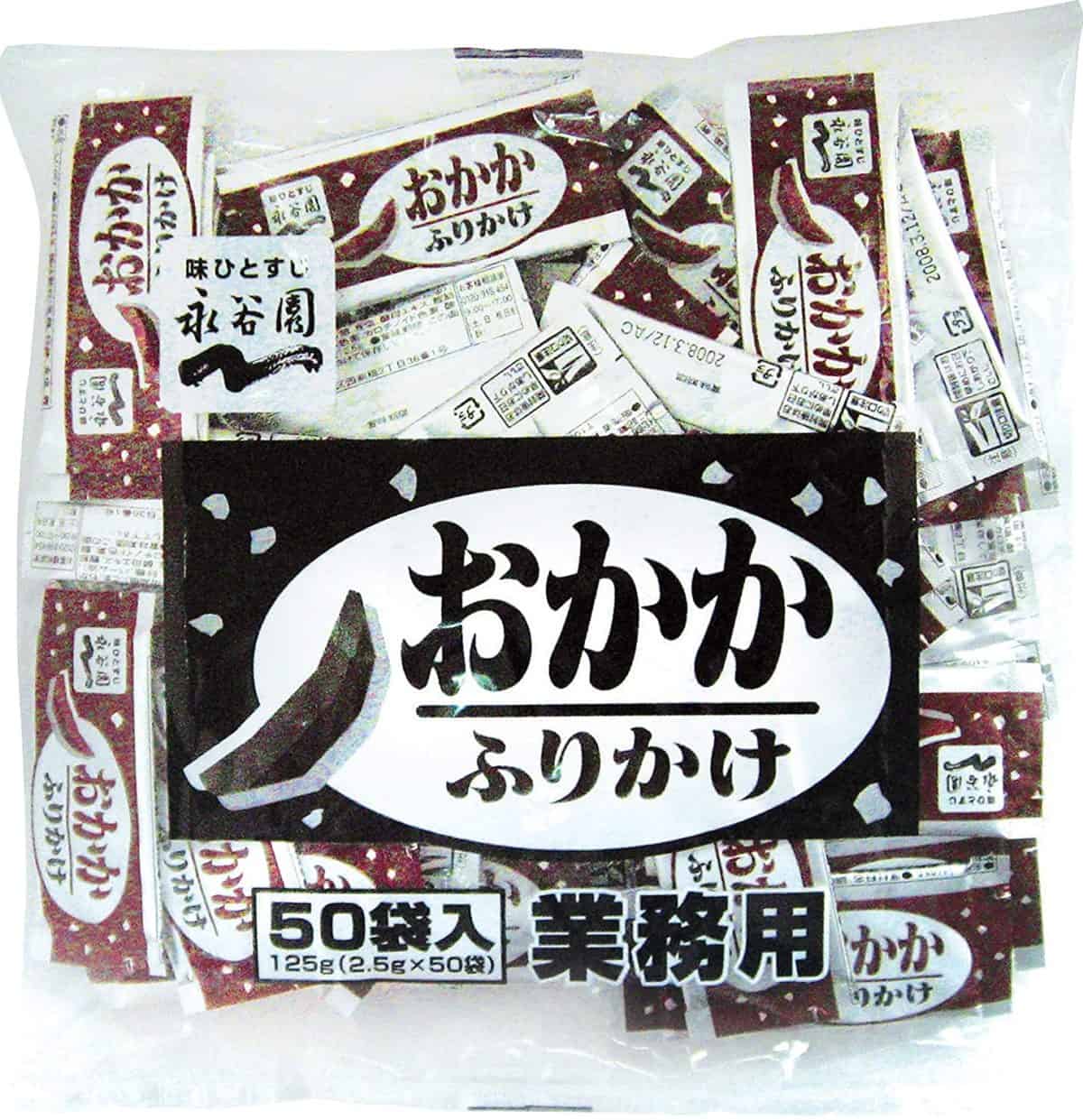
Tips and techniques for making Japanese rice balls
Always make sure to use freshly cooked rice
This is the key step that’ll ensure you get the perfect onigiri results! Before making the rice balls, allow your rice to cool slightly.
However, the rice needs to be warm, but not cold when preparing.
Make your hands wet
Always make sure that you wet your hands with water. This prevents the rice from sticking to your hands.
You should always have a bowl of water on your countertop, as this makes things easier!
Rub some salt on your hands
You should salt both your hands and then rub them to spread the salt evenly. This assists in preserving the onigiri, as well as flavoring the rice balls.
Apply a considerable amount of pressure
Don’t apply too much pressure on your rice. This prevents the rice from falling apart as you shape your rice balls. You can opt to shape them into a typical ball, cylinder, or even triangle-shaped onigiri like these.
Avoid squeezing the rice too tight.
Use a kitchen towel to preserve them if you want to use them the following day
If you’re preparing the rice balls for lunch the next day, but you don’t want to prepare them the day of, you can use the following trick. Wrap the finished products in plastic wrap, and then wrap them using a kitchen towel.
This protects the rice ball from being excessively cold as you keep them in your fridge. It’s important to note that rice gets hard when refrigerated. But this easy trick will ensure that your rice balls stay cool and safe.
Recipe variations
When following this recipe, it’s important to note that the fillings can vary. You should use your favorite ones! You can put almost anything you want in Japanese rice balls.
Try putting pickled plums, grilled salmon, pork, beef, dried bonito flakes (katsuobushi) with soy sauce seasoning, turkey, or tuna with mayonnaise.
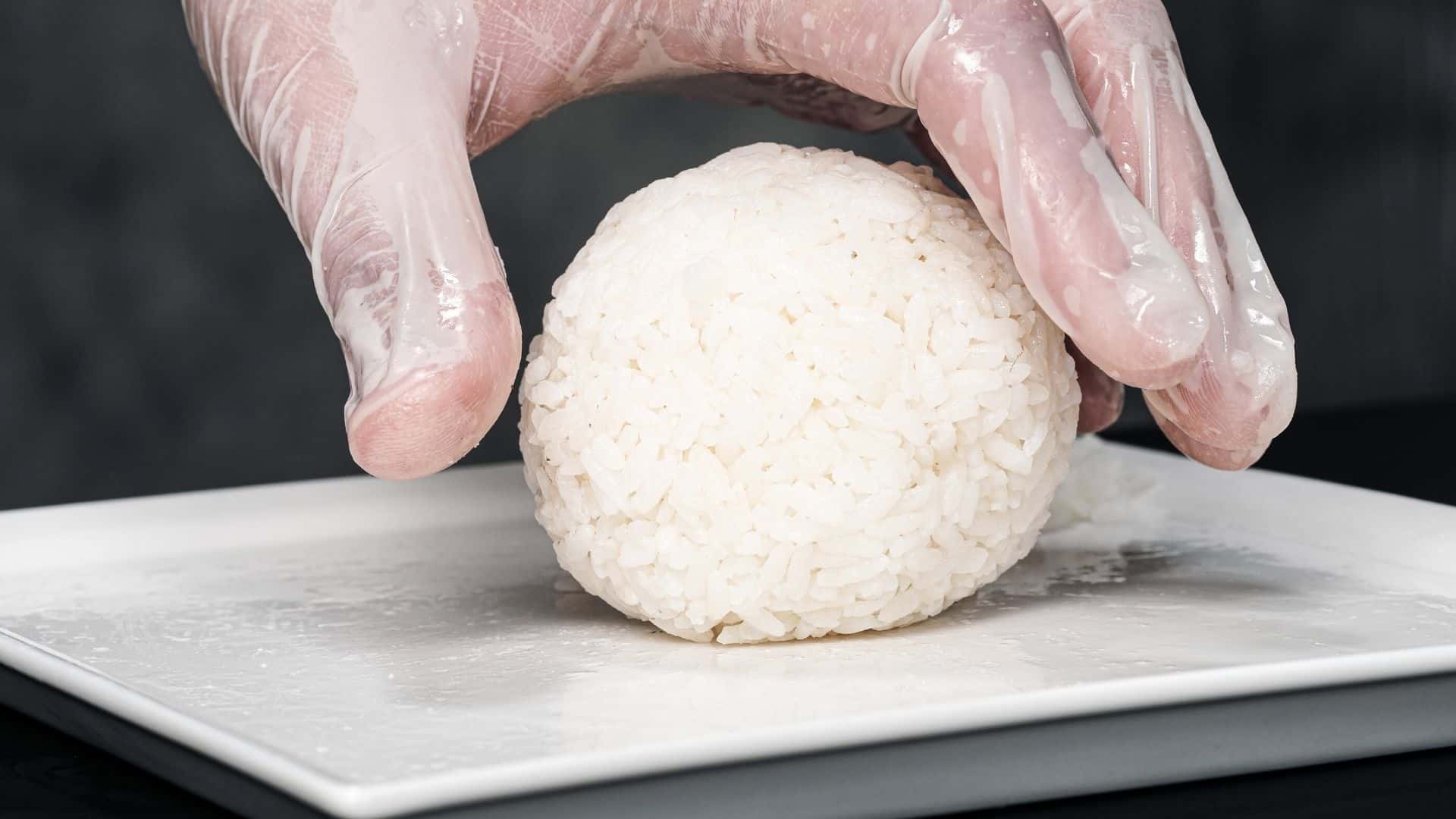
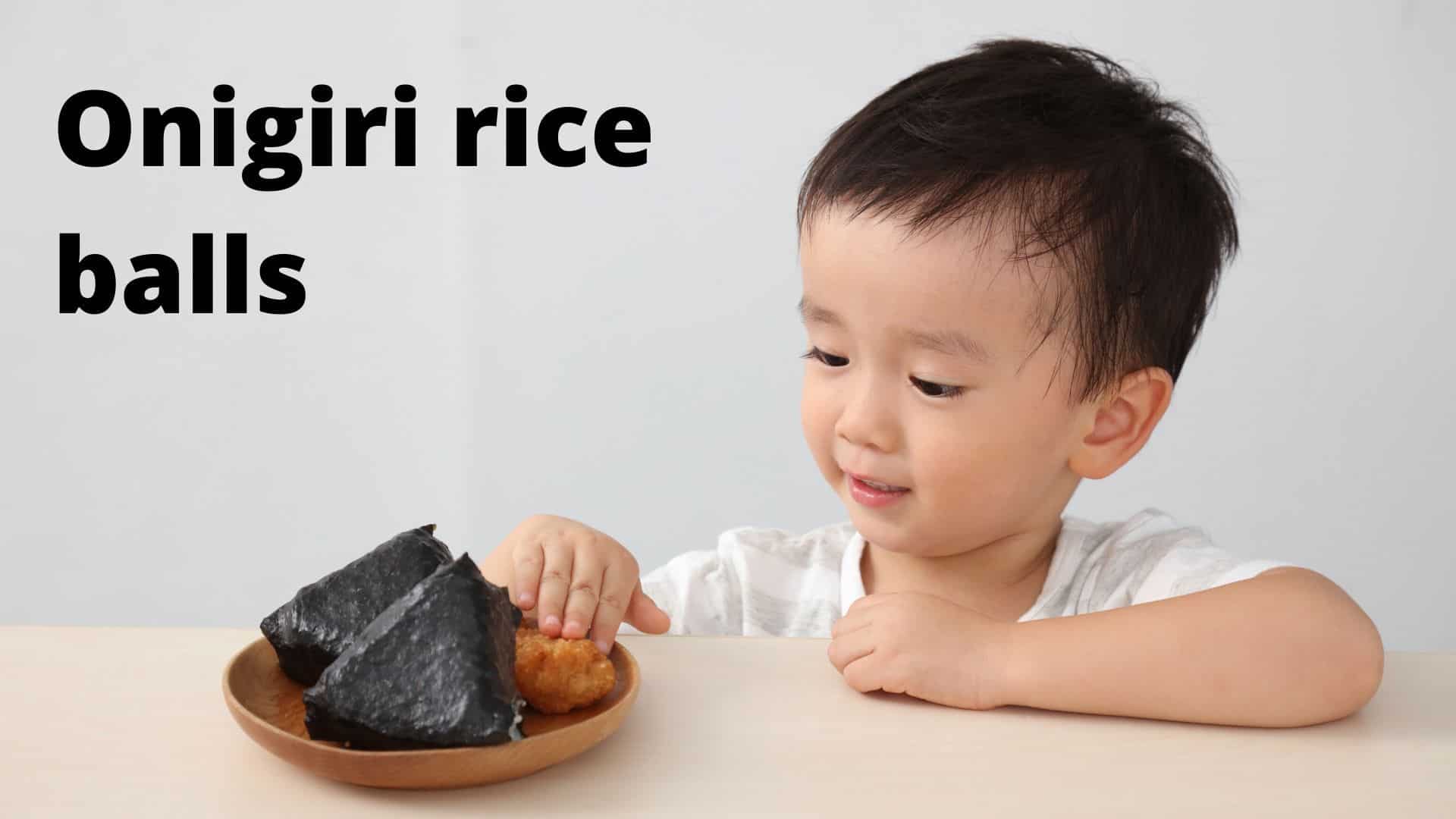
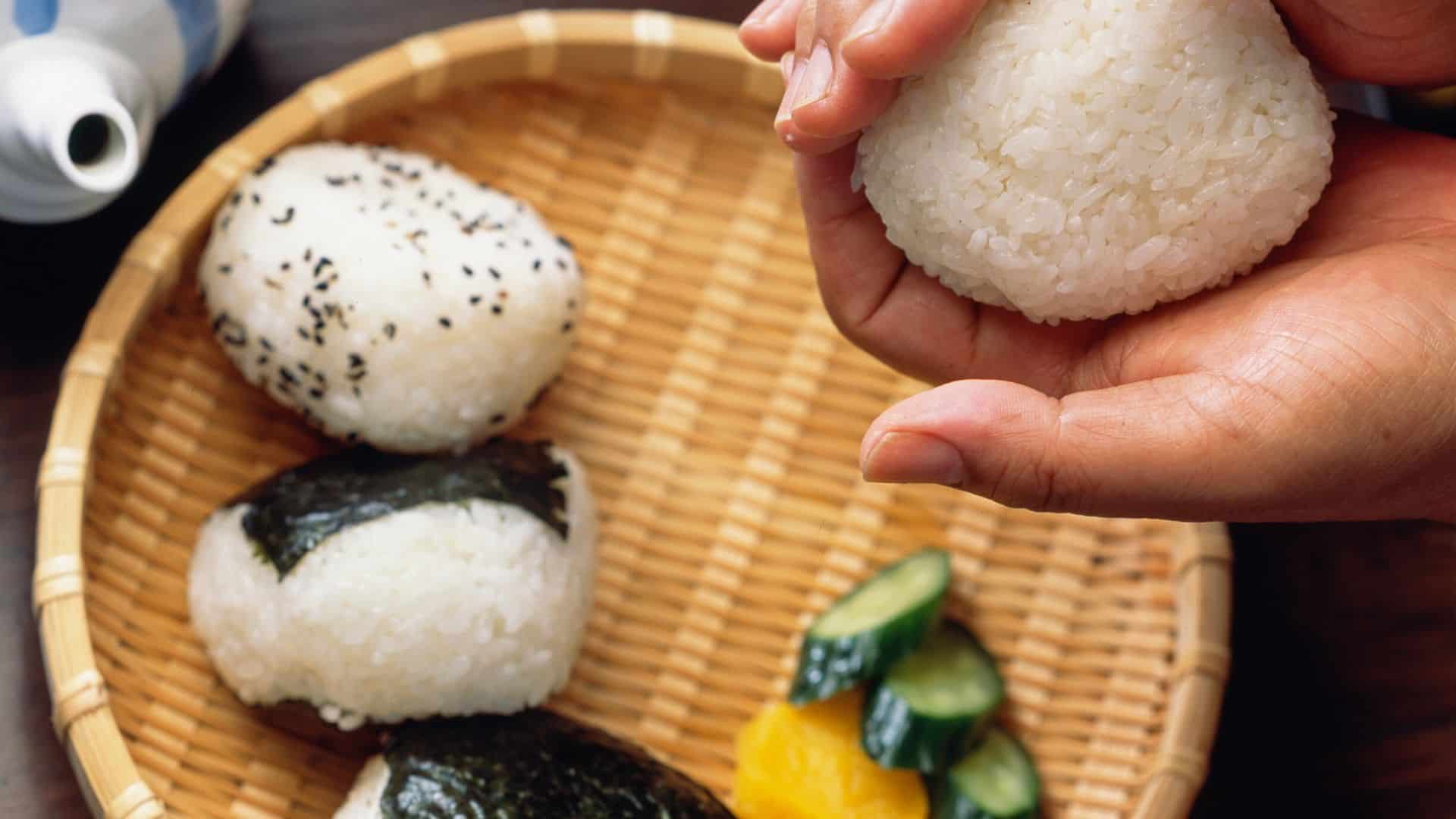
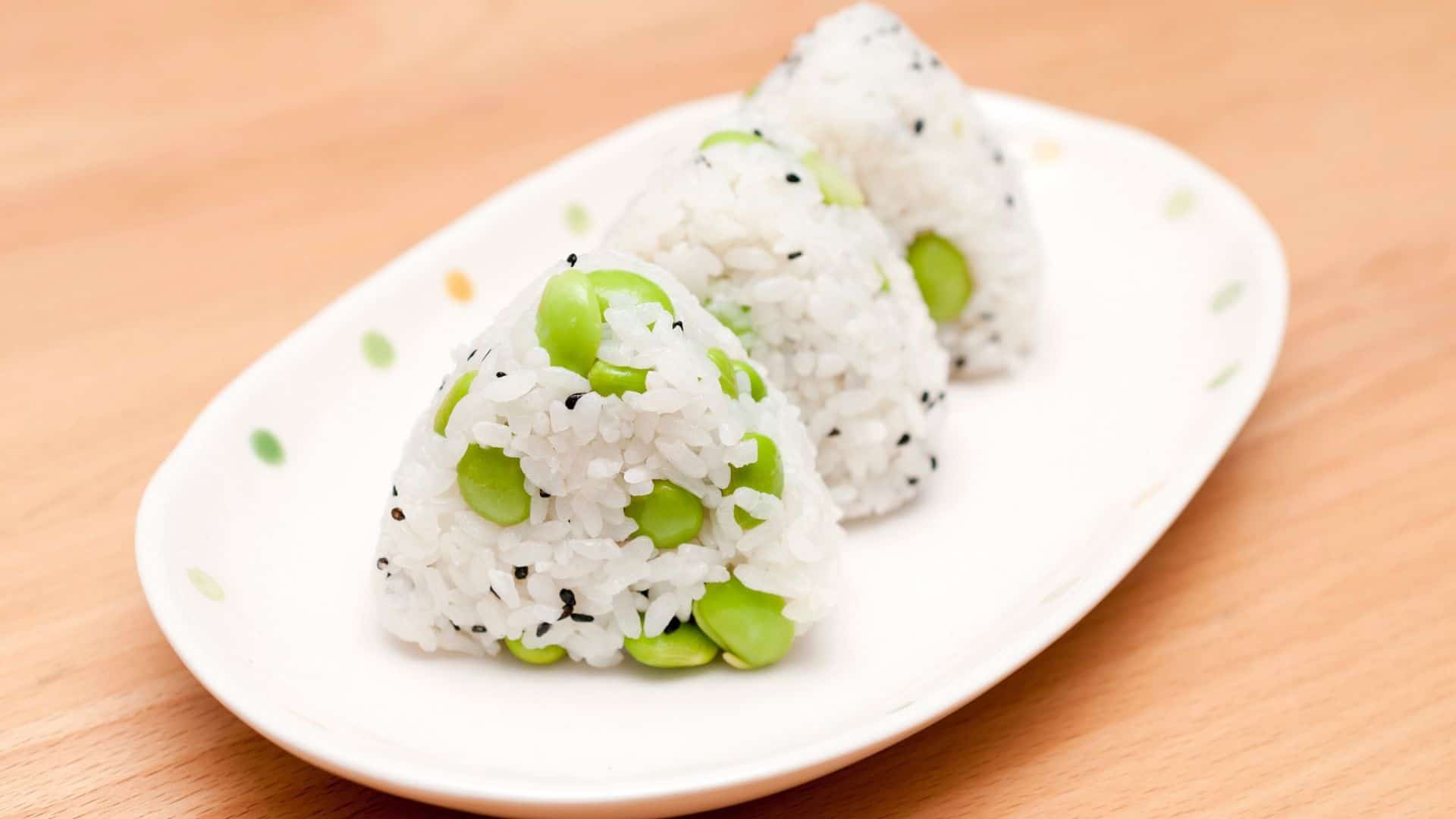
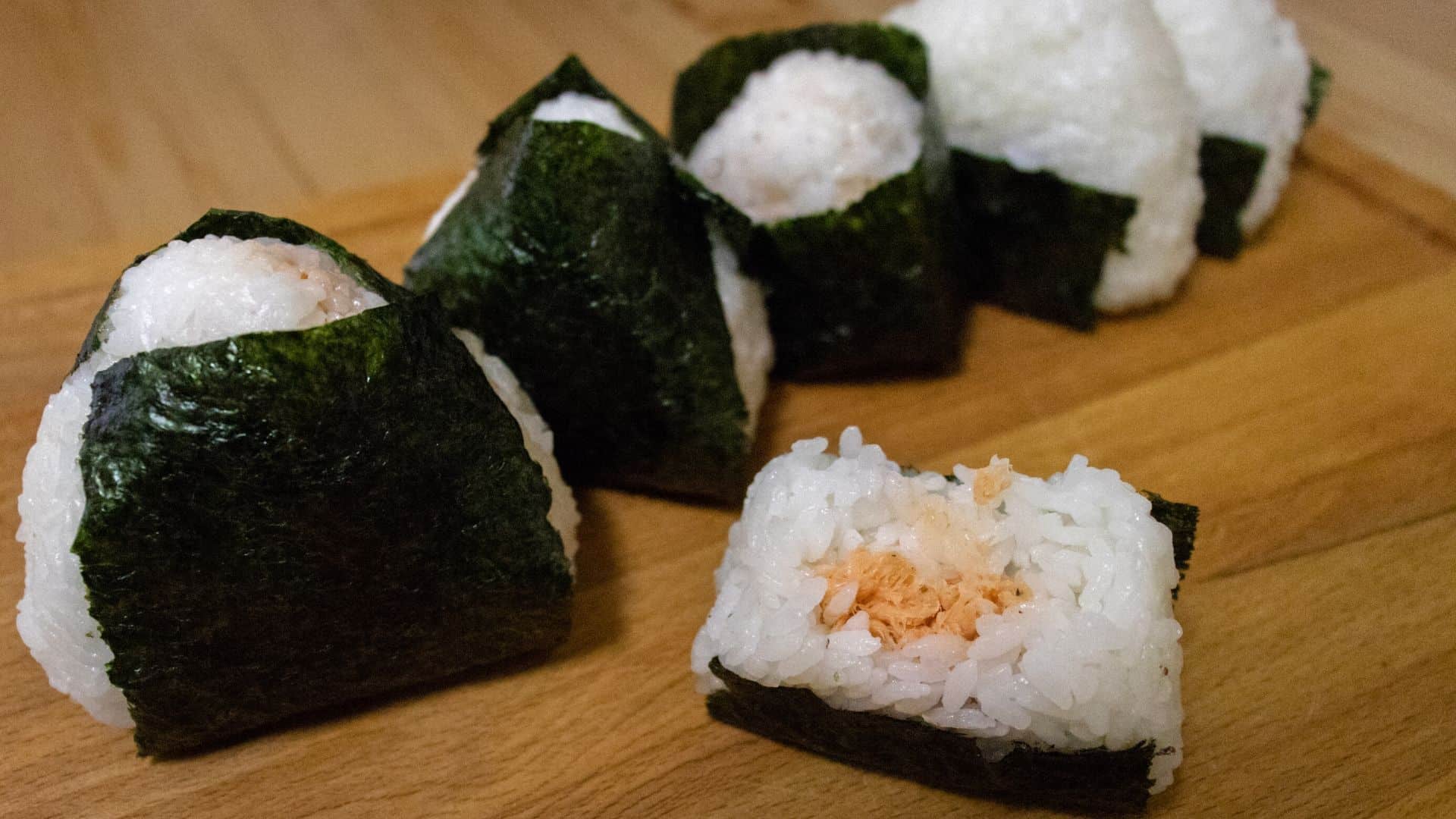
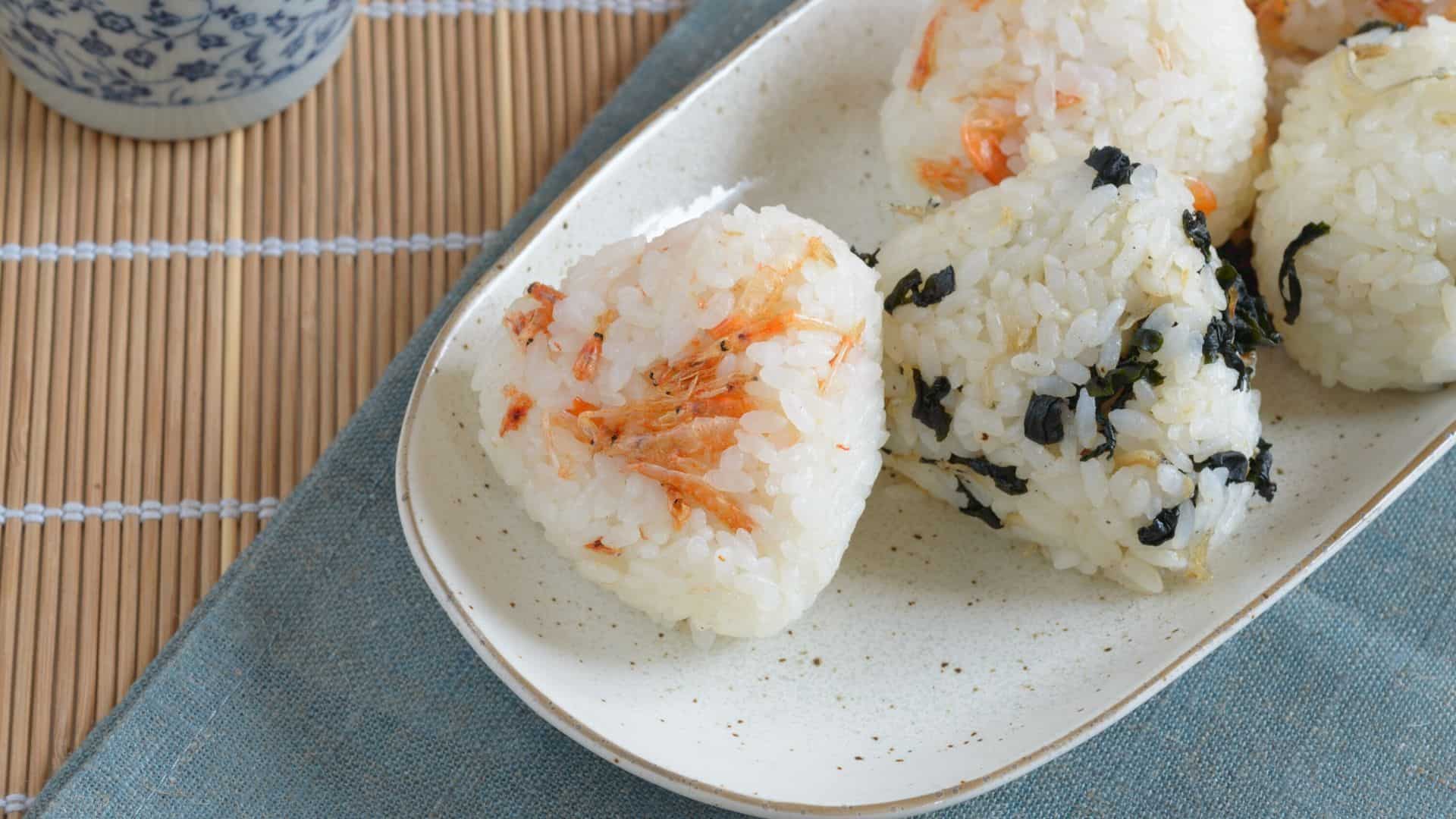
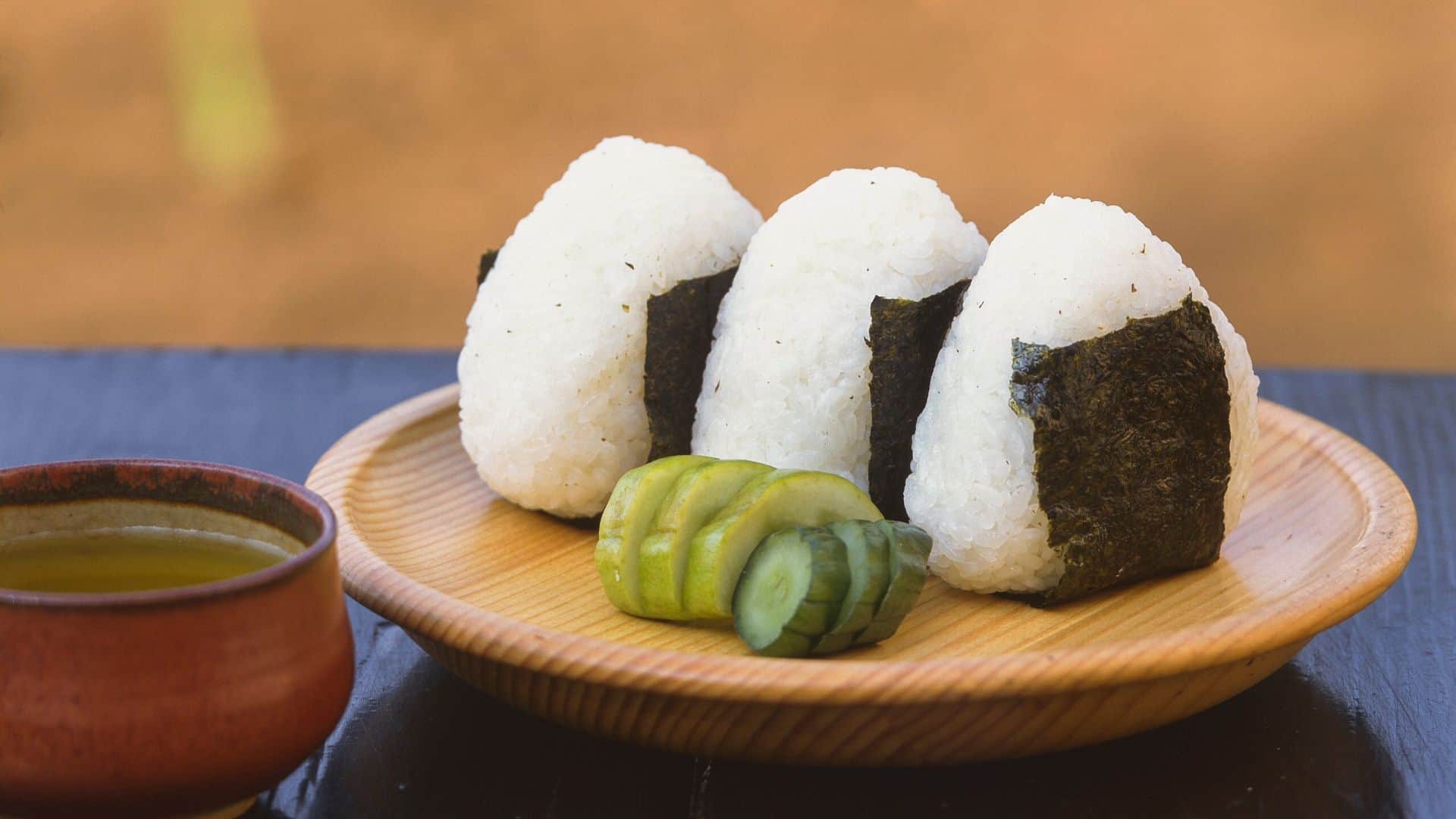
If you feel like you want a warm meal, just toast your rice balls lightly for 2 – 3 minutes on each side on a pan drizzled with sesame oil. The external layer of the rice will become toasty, golden brown, and a bit crackly.
Enjoy some tasty Japanese rice balls
There you go! These are some of the easiest recipes that’ll assist you in making Japanese rice balls at home.
So you don’t have to complain about spending much on onigiri when you buy them at convenience stores, as you can now make them at home!
As I’ve said earlier, this is much easier and more economical than buying ready-made Japanese rice balls. So not only can you save some money, but you can also get onigiri and ohagi to eat pronto!
Read more: these Takoyaki balls are also very delicious, if you like octopus
Check out our new cookbook
Bitemybun's family recipes with complete meal planner and recipe guide.
Try it out for free with Kindle Unlimited:
Read for freeJoost Nusselder, the founder of Bite My Bun is a content marketer, dad and loves trying out new food with Japanese food at the heart of his passion, and together with his team he's been creating in-depth blog articles since 2016 to help loyal readers with recipes and cooking tips.
